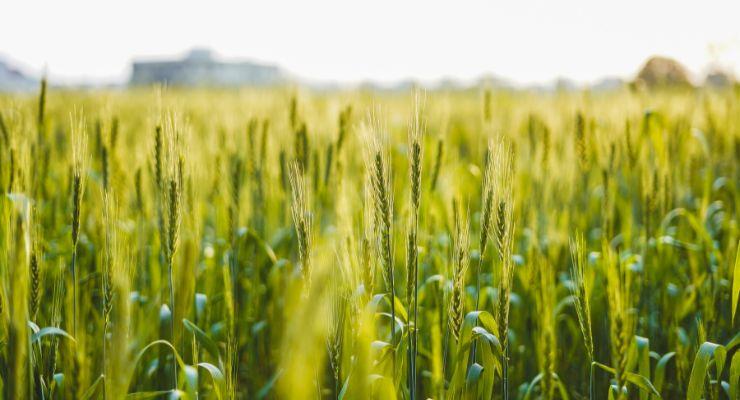Grains have been a staple food source for many cultures throughout history and one of the most commonly known grains is wheat. Wheat is grown globally, and its seeds are used to make a variety of food items including flour, bread, pasta, and many others.
However, some turf grasses and plants bear a striking resemblance to wheat, which can make it difficult to differentiate between them. This article aims to provide information about wheat and five grasses and plants that look like wheat.
In this article, we will explore what wheat is and its characteristics, followed by a detailed explanation of seven plants and grass that look like wheat.
We will also discuss the safety concerns surrounding eating wheat-like plants and answer some frequently asked questions about them.
Whether you’re a farmer, gardener, or simply looking to expand your knowledge, this article provides valuable information about wheat-like grasses and plants. So, let’s dive in and learn about these fascinating plants.
What is a Wheat Plant?
Description of Wheat
Wheat is a cereal grain and is one of the most important staple crops grown worldwide. It is a staple food for more than one-third of the world’s population and is widely used for making bread, pastries, and other baked goods.
Wheat belongs to the family Poaceae, and its scientific name is Triticum aestivum.
Characteristics of Wheat
Wheat is a hardy and versatile plant that grows well in various climates and soils. It has a tall, upright growth habit and its leaves are long, narrow, and slightly blue-green. The stems of wheat are smooth and sometimes tinged with red.
Wheat plants produce spikes that are about 6 to 12 inches long, which contain the seeds that are used for food production.
Each spike is made up of several small spikes called spikelets, each containing multiple flowers and developing into individual grains.
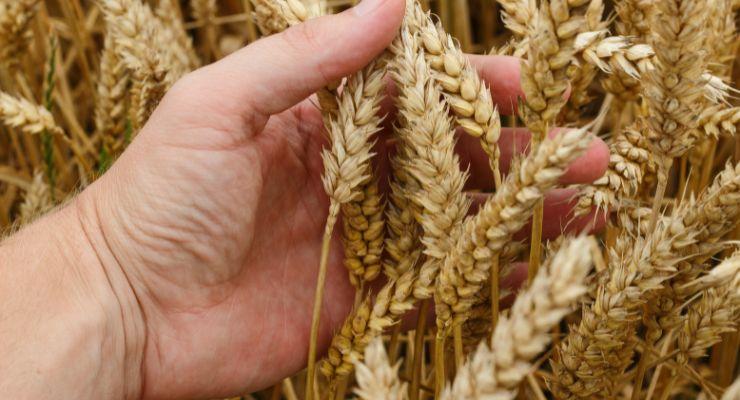
The seeds are usually harvested in the late summer or early autumn after the spikes have matured and the grains have dried.
In addition to being a staple food, wheat is also used as a feed grain for livestock and as a soil improvement crop.
With its widespread use and importance, it is not surprising that many other grasses and plants can resemble wheat and can sometimes be mistaken for it. In the following sections, we will take a look at 5 such grasses and plants that resemble wheat.
Grasses & Plants That Resemble Wheat
Quack grass
Quack grass (also called Couch grass) is a type of weed that is often found in lawns and gardens. It has a similar appearance to wheat and can grow very quickly.
Its stems are triangular and have long, narrow leaves that are either green or purplish-green in color.
The tips of the Couch grass stems bear small white flowers that contain awns, which are slender bristles on grass spikes.
Quack grass can be difficult to identify as it is often confused with other grasses, so it is important to be aware of the distinguishing features.
It is best to remove quack grass as soon as it is identified, as it can quickly spread and become difficult to control.
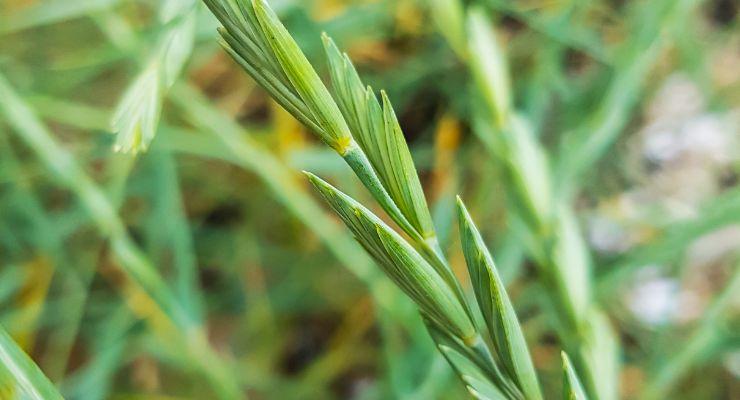
Wild Oats
Wild oat is a grassy plant that looks similar to wheat and can be found in many regions of the United States. It has long, slender stems with leaves that are usually blue-green in color.
Its spikes have small yellow flowers at their tips, which contain awns like quack grass. Wild oats can spread quickly and compete with other grasses for nutrients, making it important to identify and remove this weed early.
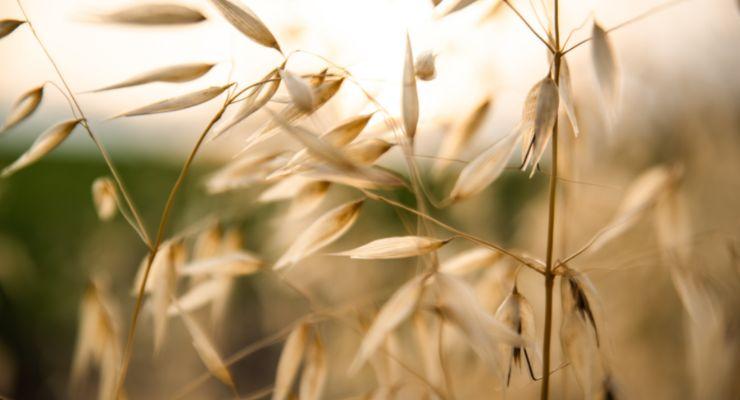
Hare or Wild Barley
Hare barley is a type of weed that is often found in fields, meadows, and other grassy areas. It has a similar appearance to wheat and can be difficult to remove.
Its stems are usually green and can grow up to three feet in height.
The leaves are long, narrow, and grass-like, with small yellow flowers at the tips of the spikes.
Hare barley is a prolific seed producer that can quickly spread, so it is important to identify and remove this weed early.
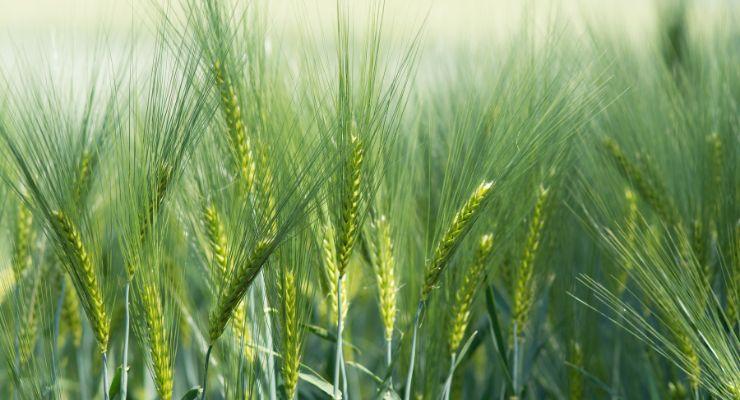
Yellow Foxtail
Foxtail is a type of weed that resembles the spikes of wheat. It can be found in lawns, gardens, and fields. Its stems are usually green and can grow up to two feet in height.
Its leaves are grass-like, with small yellow flowers at the tips of the spikes. Yellow foxtail is a prolific seed producer that can quickly spread, so it is important to identify and remove this weed early.
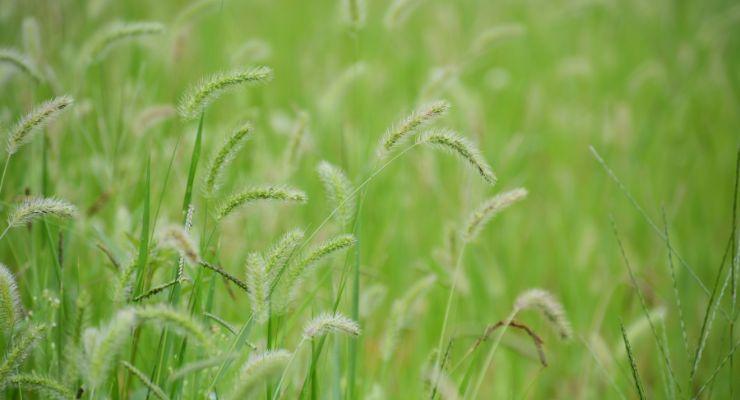
Barnyard Grass
Barnyard grass is one of the many grassy weeds that look like wheat and can be found in lawns, gardens, and fields. Its stems are usually green and can grow up to two feet in height.
Its leaves are grass-like, with small yellow flowers at the tips of the spikes. Barnyard grass is a prolific seed producer that can quickly spread, so it is important to identify and remove this weed early.
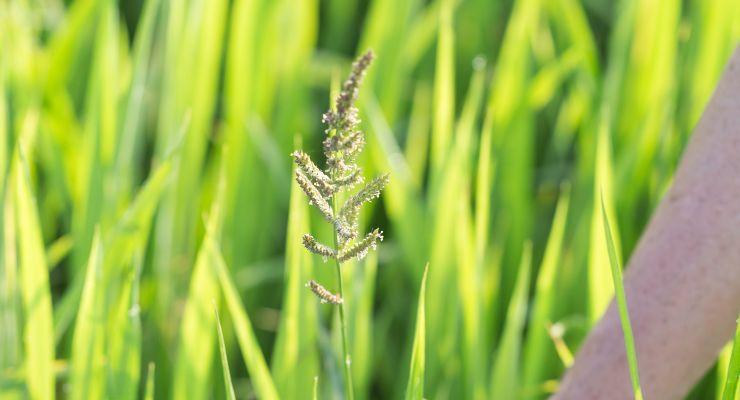
Ryegrass
Annual ryegrass is a type of grass that is commonly used as a cover crop. This hardy and finely bladed grass is a favorite in America, where its usage varies from area to area.
Its rapid germination rate and swift establishment are some of the traits that make it so popular; northern lawns use it for permanent landscaping while southern gardens employ it as winter coloration.
It has a similar appearance to wheat and can be found in grassy areas. Its stems are usually green and can grow up to two feet in height.
The leaves are long, grass-like with small yellow flowers at the tips of the spikes. Perennial ryegrass is a prolific seed producer that can quickly spread, so it is important to identify and remove this grass early.
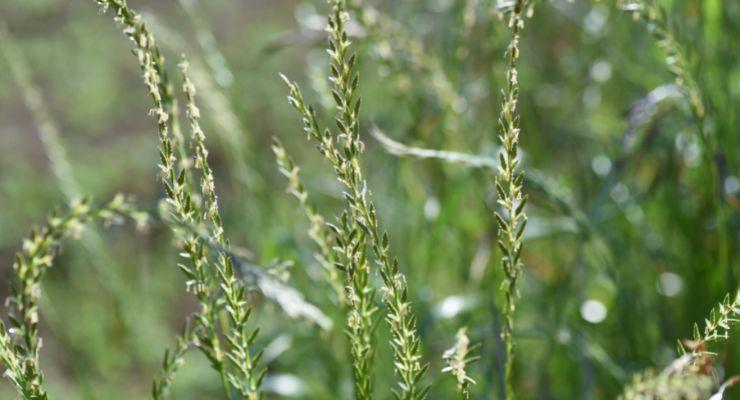
Feather Finger Grass
Feather finger grass, which is considered an ornamental grass, looks similar to wheat but has more fragile leaves, is native to the Americas, and can be an unwelcome invader.
This weed prospers in damp and dark places, quickly filling open grounds or roadways with its determined spread. Controlling feather-finger grass may prove difficult as it easily establishes itself wherever it finds a home.
Each of these grasses and plants has its own unique characteristics, but they all share a similar appearance to wheat plants, which can make them difficult to identify and remove.
To prevent them from taking over your lawn, it is important to be vigilant and take action as soon as you notice any signs of these plants.
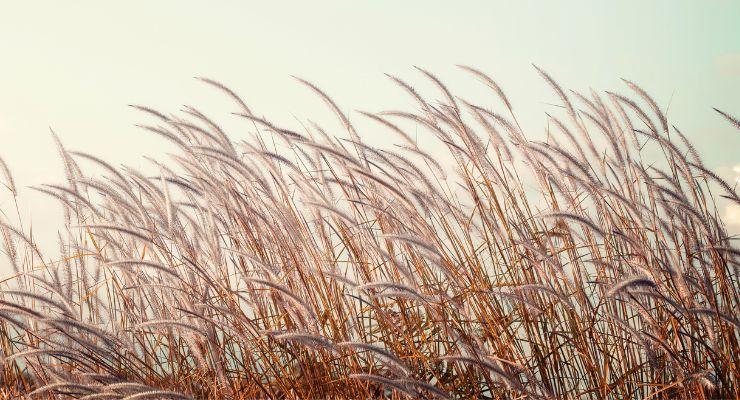
Safety of Eating Wheat-like Grasses & Plants
It’s important to note that not all plants that look like wheat are safe to eat. Some of these plants contain harmful toxins and can be dangerous if ingested.
While they may resemble wheat, they should not be mistaken for it and should be avoided.
False kinds of wheat such as yellow foxtail, annual ryegrass, quack grass, hare barley, and barnyard grass can all cause harm if consumed by humans or animals.
This false wheat can intoxicate and cause digestive issues, as well as other health problems if ingested.
Before consuming any plants that resemble wheat, it’s important to be sure of their identity and to consult a professional or expert. This will help ensure that you avoid ingesting harmful plants and enjoy only safe, edible varieties.
In conclusion, it’s crucial to be aware of the dangers of consuming wheat-like plants and to always verify their identity before ingesting them.
By taking these precautions, you can avoid any potential health risks and enjoy only safe and edible plants.
How to get rid of wheat-like grass and plants from the yard?
Getting rid of plants or grass that looks like wheat from your yard requires a combination of physical removal and chemical control methods. Here are the steps you can follow:
Identify the plant: Before removing any turf grass or plant, make sure that it is actually a weed and not a desirable plant or lawn grass.
Hand-pulling: For small infestations, hand-pulling is the most effective method. Make sure to remove the entire root system to prevent re-growth.
Mulching: For larger infestations, you can use a thick layer of mulch to smother the weed and prevent sunlight from reaching the roots.
Herbicides: If hand-pulling and mulching are not effective, you can use a weed killer, like a selective herbicide that targets grassy weeds. Read the label carefully to ensure that it is safe for use on the type of turf grass you have in your yard.
Preventative measures: Finally, make sure to follow proper lawn care techniques to prevent weed growth in the future, including fertilizing and mowing your lawn at the proper height, or a pre-emergent herbicide could do the job too.
It is important to follow all safety precautions and guidelines when using herbicides and to always read the label carefully before use.
If in doubt, it’s best to consult a professional for safe and effective control methods.
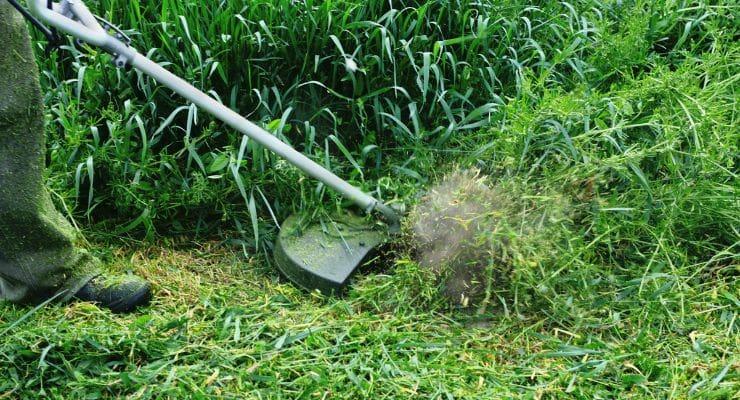
Frequently Asked Questions
Are there lawn grasses that have a wheat-like appearance?
Yes, there are some lawn grasses that have a wheat-like appearance, such as annual ryegrass, tall fescue, and Kentucky bluegrass.
Ryegrass is commonly used for overseeding lawns in cooler climates.
These grasses can make it difficult to distinguish between wheat and lawn grasses, so it’s important to identify the plants correctly in order to ensure proper care and maintenance.
Additionally, some grasses may be used as a food source for livestock, so it’s important to know what grasses are safe to consume and which ones should be avoided.
Can grasses and plants that look like wheat be eaten?
No, grasses and plants that resemble wheat should not be eaten. These grasses can contain harmful toxins and can cause health problems if ingested.
While they may resemble wheat, it is important to verify the identity of the grass or plant before consuming it in order to avoid any potential health risks.
It is also important to follow proper lawn care techniques to prevent grassy weeds and plants that resemble wheat from growing in the yard. It is best to consult a professional or expert for safe and effective control methods.
Can grasses and plants that look like wheat be harmful?
Yes, grasses and plants that look like wheat can be harmful. These grasses and plants may contain toxins that can cause digestive issues, as well as other health problems if ingested.
Additionally, some grasses may contain sharp grass awns which can also irritate the skin or eyes if touched.
For these reasons, it is important to identify grasses and plants correctly before handling or consuming them to avoid any potential health risks.
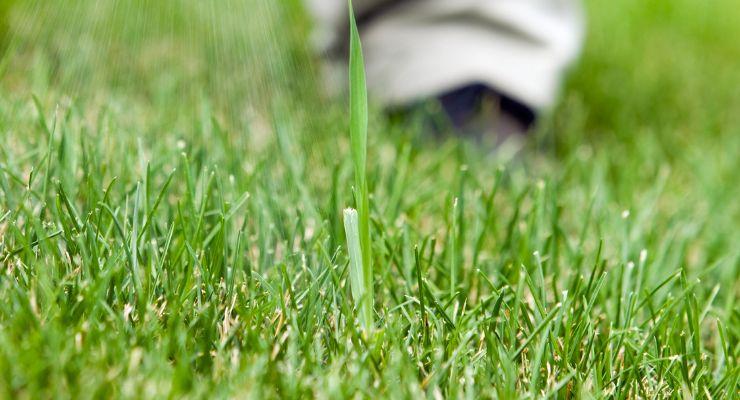
Conclusion
Grasses and plants that look like wheat can be a common sight in yards, especially during the summer months. While they may resemble wheat, it is important to identify grasses and plants correctly before handling or consuming them in order to avoid any potential health risks.
Taking these precautions, you can avoid any potential health risks and enjoy only safe and edible grasses and plants in your yard.
If grassy weeds with developed seed heads are a problem, it is best to consult a professional for safe and effective control methods.
With proper maintenance and care, you can enjoy grasses and plants that look like wheat without any concerns.
